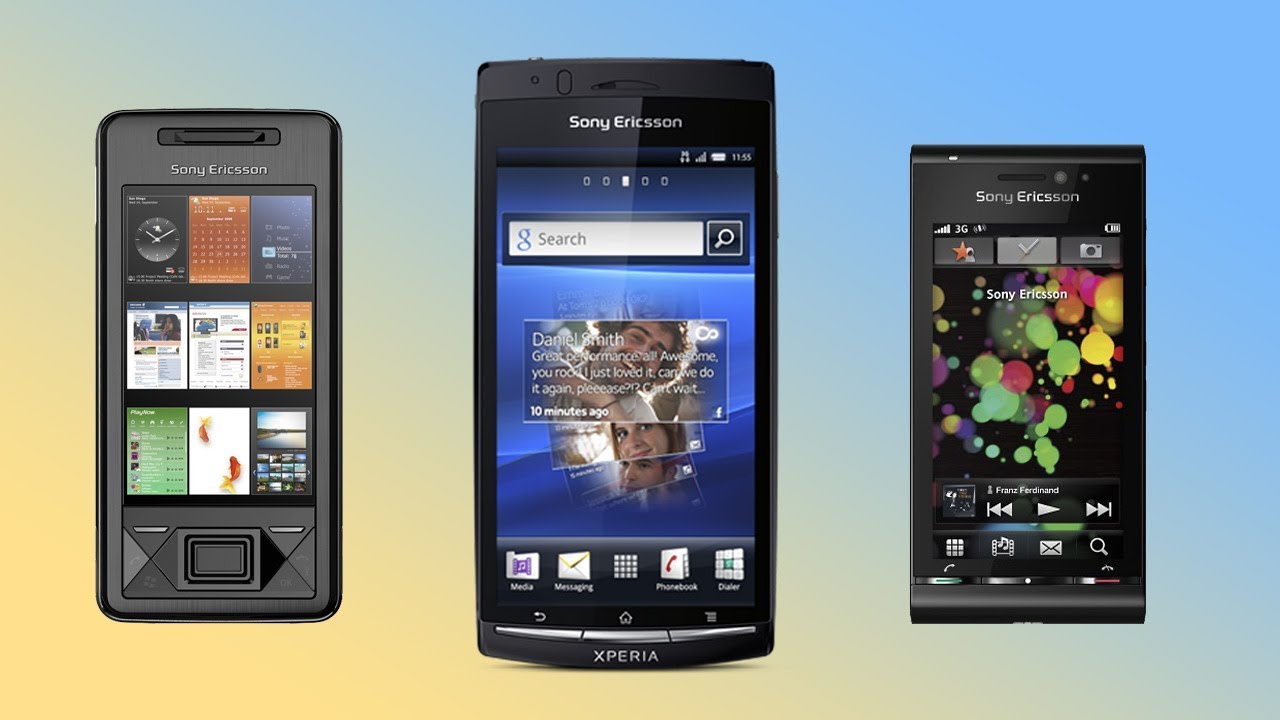Within the last few years, manufacturers have made great advances to prevent smartphone theft. These are mostly locking mechanisms, which prevent the phone from ever being used by somebody else than its user — either through biometric scanners or the good old passcode. And if a burglar tries to reset your device, it will normally become a brick, which will not activate unless your personal password is entered on boot.
But that has not stopped thieves solely. For one, they like to try their chances — some users still do not lock their phones. And two, some phones can nonetheless be hacked into after a factory reset. And so, additional solutions are always welcome. Swedish company Ericsson (remember the partnership Sony-Ericsson?) has come up with and patented a very high-tech anti-theft system. It’s called “Adaptive Friction” and at this moment merely exists on paper, filed as a patented idea.
Practically, the phone will use multiple sensors to maintain constant awareness of its contextual environment — whether it is in a pocket, on a table, in a purse, et cetera. It will do this by measuring data from its microphones, light sensor(s), camera(s), and gyroscope. When a hand is laid on the device, it will instantly try to determine whether or not it is being grabbed by its owner — it will do so by analyzing the grip (whether it’s a secure and confident grab, or a cheeky corner pinch) and also by utilizing biometric sensors to analyze the person’s heartbeat and compare it to known heartbeat patterns of the rightful owner.
If the phone determines that it’s being nabbed by an unidentified person, it will begin vibrating at ultrasonic frequencies, which should — in theory — make it super slippery and hard to pinch out of a pocket. Hence the name “Adaptive Friction” The patent does state that the technology can also be used to make the phone extra grippy and stick to the user’s hand when being used, hence making it difficult to drop, which also sounds pretty interesting.
Of course, this feels like a whole ton of tech that needs to be tuned to be able to make this work quickly and reliably. As with any patent — there is no guarantee we’d see it in a phone any time soon (if ever), but this one completely has some interesting “out of the box” thinking.
